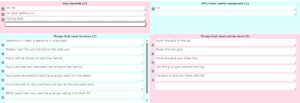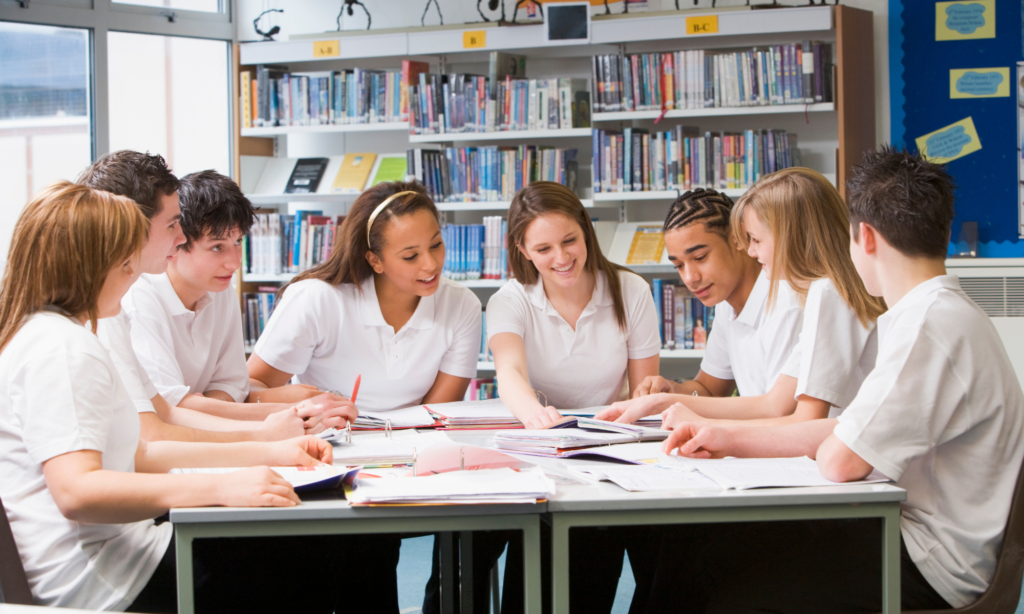A Safe System of Work (SSW) or Safe Working Procedure (SWP) as they are termed in EEC, puts in place control measures arising from a risk assessment, in order to eliminate identified hazards (where possible) and complete the task with minimum risk. A practical example of using a SWP in a school could be for a piece of equipment, such as a glue gun.
Within EEC it is easy to create a SWP from an existing risk assessment by clicking on “Create SWP” then choose “Add Existing Control Measures to the Safe Working Procedure’s list of Do’s”. A simple editable matrix is completed with headings for Key Hazards, Things that must be done, PPE/other useful equipment and Things that must not be done. Once all the areas are filled in, it can be printed, shared and in the example of the glue gun, stuck to the box as a handy reminder.
When planning a science or DT lesson for KS2 pupils, it may be appropriate to involve them in the risk assessment process and ask the pupils to produce the task SWP with the key hazards, things that must be done and things that must not be done.

Other examples of Safe Working Procedures for school employees could include:
- A set of operating instructions for a piece of machinery.
- A step-by-step guide to dealing with a certain hazardous substance.
CHSU can provide virtual EEC training, please email CHSU@somerset.gov.uk if you would like to know more.
Learn more:
EEC training webinar
Risk Assessment Policy
Blackboard Learn Basic principles of risk assessment course

